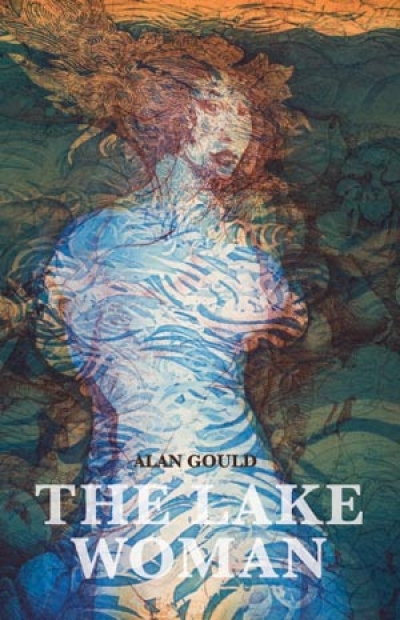Alan Gould
The Lake Woman by Alan Gould & Folk Tunes by Alan Gould
After attaining a low-luminosity arts degree, I worked for a year as a handyman in my university’s Research School of Physical Sciences. This was in 1972, when the new particle accelerator was being installed in its massive concrete tower; its assembly made my humble handyman job one of the most intriguing and happy employments I have had. We bolted together the sandblasted steel pipes for the SF6 (sulphur hexafluoride) coolant, first larding their joints with gaskets of white gunk. In a lofty workshop dominated by the monstrous ex-Krupps steel mill (a German war reparation), we hefted the odd magnetron on chainblocks that our master-craftsmen might more conveniently prepare it for installation. We crawled into the cavernous interior of the accelerator’s ‘tank’ to grind at weld-burrs until the steel surface had no tiny irregularity to which the fourteen million volts intended for the apparatus could distractingly zap. To this smooth surface we then applied a silver paint until we stood, spattered angels encompassed by our weird reflective heaven. We watched the precision tubes being installed through the centre of this tank by lanky experts from Wisconsin, knowing how, within these conduits, the particles were to be accelerated by that impressive voltage toward targets the size of my thumbnail in collisions that would explain the universe finely.
... (read more)The Past Completes Me: Selected poems 1973–2003 by Alan Gould
Torrid noon, I’m high in my mulberry harvest.
So, what is it with this tree? Lower branches, I click
quickly left or right – fingers safebreaker light
on the gorged capsules, and they detach,
drop, thuk and whole into my plastic bucket.
Yet from the tree-peak where the fattest fruit
clusters against the sun, O I must pinch
and wrest until the berries burst like bloodspray.
... (read more)






